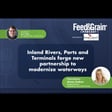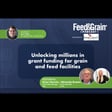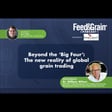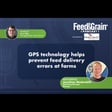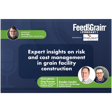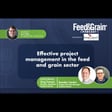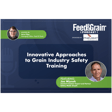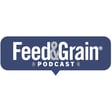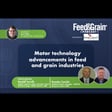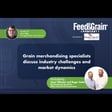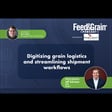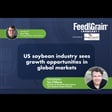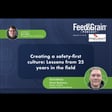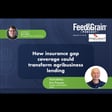
Advancing workplace safety with wearable technology
In this episode of the Feed & Grain Podcast, host Steven Kilger speaks with Brett Burkhart, Certified Occupational Safety Specialist at MākuSafe®, about how wearable technology is transforming safety in the workplace. MākuSafe’s innovative system, often referred to as “digital PPE,” uses wearable devices to monitor environmental conditions around employees—tracking factors like air quality, noise levels, heat stress, and motion patterns to identify risks in real-time and improve safety outcomes.
Brett explains how this technology, designed to be unobtrusive and easy to use, provides safety leaders with valuable insights to proactively address hazards before incidents occur. From monitoring sound exposure to preventing slips, trips, and falls, this comprehensive safety tool is already being adopted in various industries, including grain handling and feed manufacturing.
